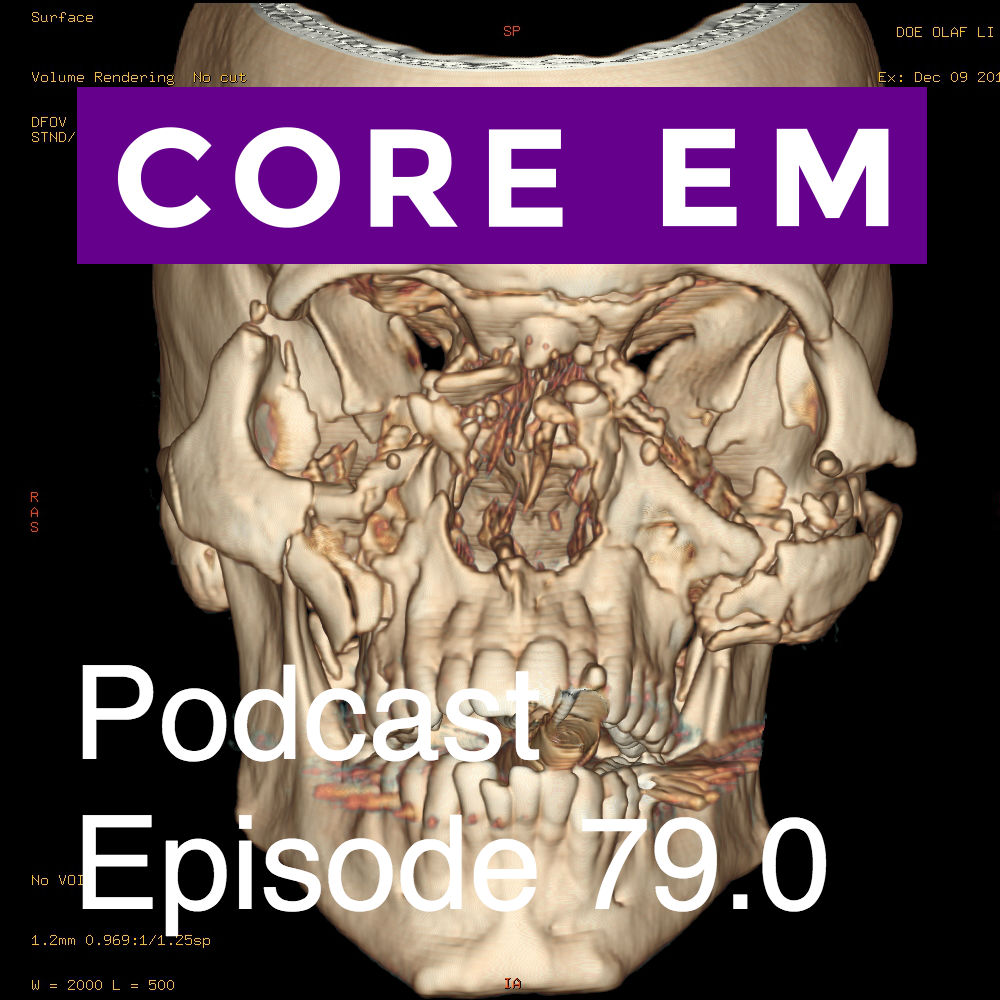This week we discuss facial trauma and the disasters it can cause to your airway management.
Episode 79.0 – The Traumatized Airway
Show Notes
Take Home Points
- In a patient with significant head and neck trauma, EACH step of the airway management can be more difficulty. BVM may be hard, LMA may be hard, RSI may be hard, so don’t be afraid to ask for help early.
- Decide whether the patient has an actual obstruction of their airway. If they are obstructed above the larynx, don’t bother with your usual airway maneuvers, go directly to the surgical airway.
- When you do attempt RSI, have double suction and multiple airway techniques set up. This is the time to have your friend standing at your side, scalpel in hand and ready to move directly down the difficult airway algorithm if trouble arises.
- Finally, consider keeping the patient awake and preserving their own respiratory drive as it may give you more time to secure the airway.
Read more
LITFL: Facial Trauma
LITFL: Airway in Maxillofacial Trauma
EMCrit: Real Surgical Airway



Very informative, thank you. I think the most tricky situation is when you face patient with borderline airway. The airway is patant but you fear of further airway oedema or decreasing consciousness and you want to early interfer. What is your advice?
In those cases, I find it best to intervene early and take the airway before it becomes more challenging.